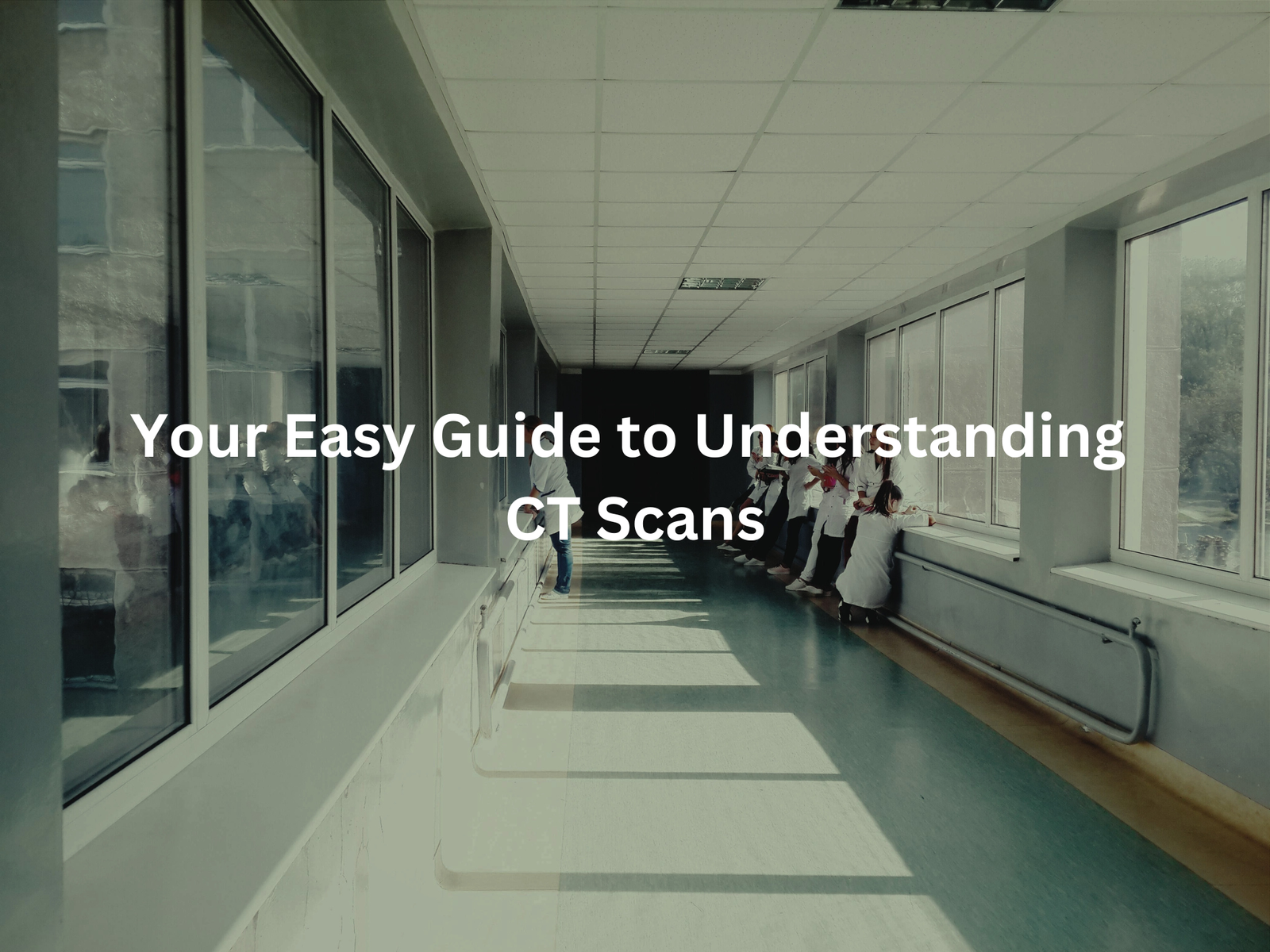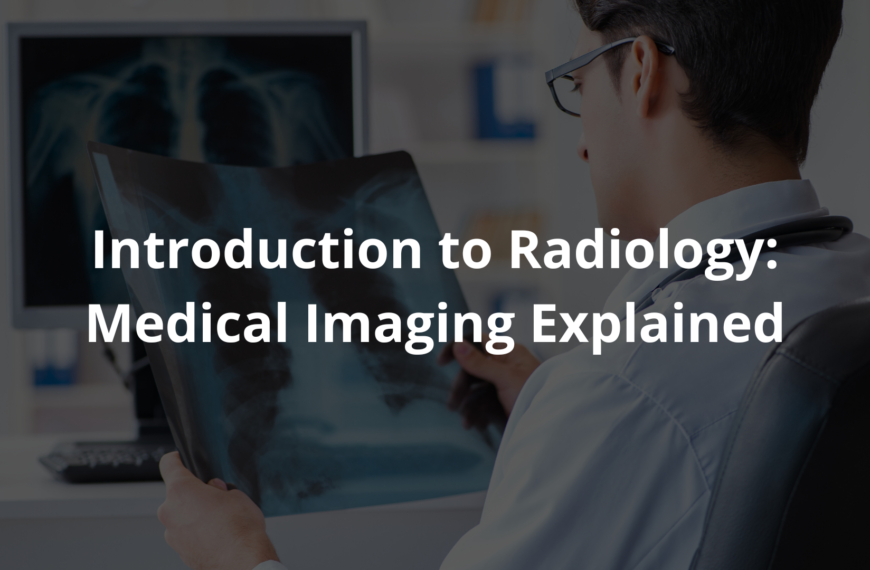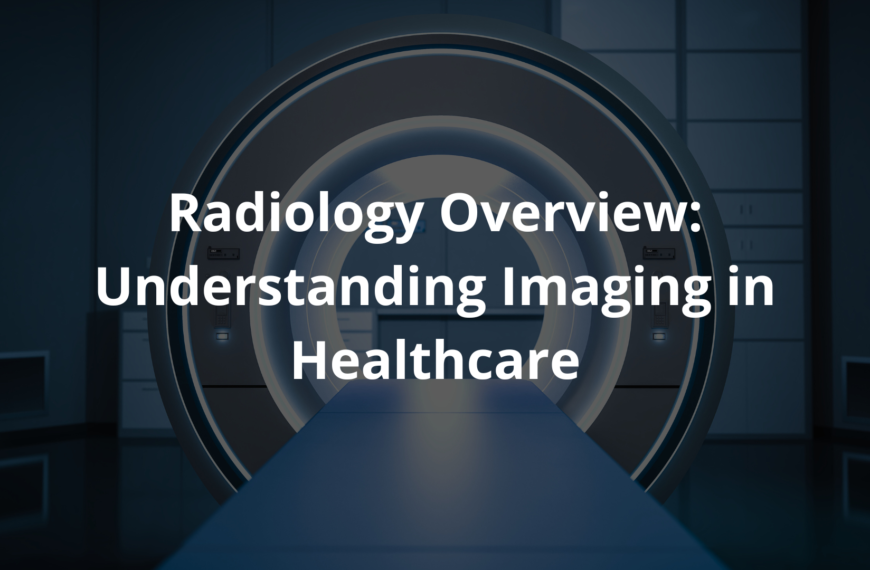CT scan guide: Learn how this powerful tool helps doctors see inside your body and diagnose problems quickly and accurately.
A CT scan is like a super X-ray, giving doctors a detailed look inside your body. It combines many X-ray images to create cross-sectional views, helping find problems like fractures or tumours. I remember my mate got one after he hurt his leg playing footy; it showed his injury clearly, which eased his worries.
During the scan, you lie still while the machine takes pictures. It’s quick, often taking just a few minutes. So, if you’re curious about CT scans and what to expect, keep reading! You’ll learn all the important stuff you need to know!
Key Takeaway
- A CT scan helps doctors see inside the body using X-ray images.
- You might need to avoid eating or drinking before the scan.
- CT scans are quick and can show problems like tumours or injuries.
What is a CT Scan?
A CT scan is a medical test that gives doctors detailed pictures of the inside of your body. It’s like a special camera that shows your organs, bones, and tissues in 3D. In Australia, CT scans are very common. Millions are done each year to help diagnose health problems. Between 2000 and 2021, over 436 million imaging tests were performed in the country. In 2022-23 alone, Medicare covered more than 27 million, including many CT scans.
They’re fast, too. Most take just 10 to 30 minutes. This makes them useful for emergencies and regular check-ups. CT scans do use radiation, but the amount is carefully managed. For example, an abdominal scan gives about 10 mSv of radiation, similar to 200 chest X-rays. Safety rules from the Australian Radiation Protection and Nuclear Safety Agency help keep risks low.
If your doctor suggests a CT scan, it’s a safe and helpful way to check your health.
How Does a CT Scan Work?
A CT machine looks a bit like a giant donut. It’s kind of cool when you think about it. You lie down on a table, and it slides into the middle of the donut hole. While you’re laying still, the machine spins around you, snapping heaps of pictures. It’s like a photo shoot, but for your insides. These pictures are combined by a computer to create detailed images of your bones, organs, and soft tissues.
The technology behind it is pretty amazing. You might hear some buzzing or whirring noises, and there could be lights blinking. Don’t worry—that’s just the machine doing its thing. The whole scan usually takes between 10 and 30 minutes, which is quicker than waiting for the school bell to ring. If you ever need a CT scan, just remember to stay still. It helps the machine get the clearest pictures. Easy as that!
Getting Ready for Your CT Scan
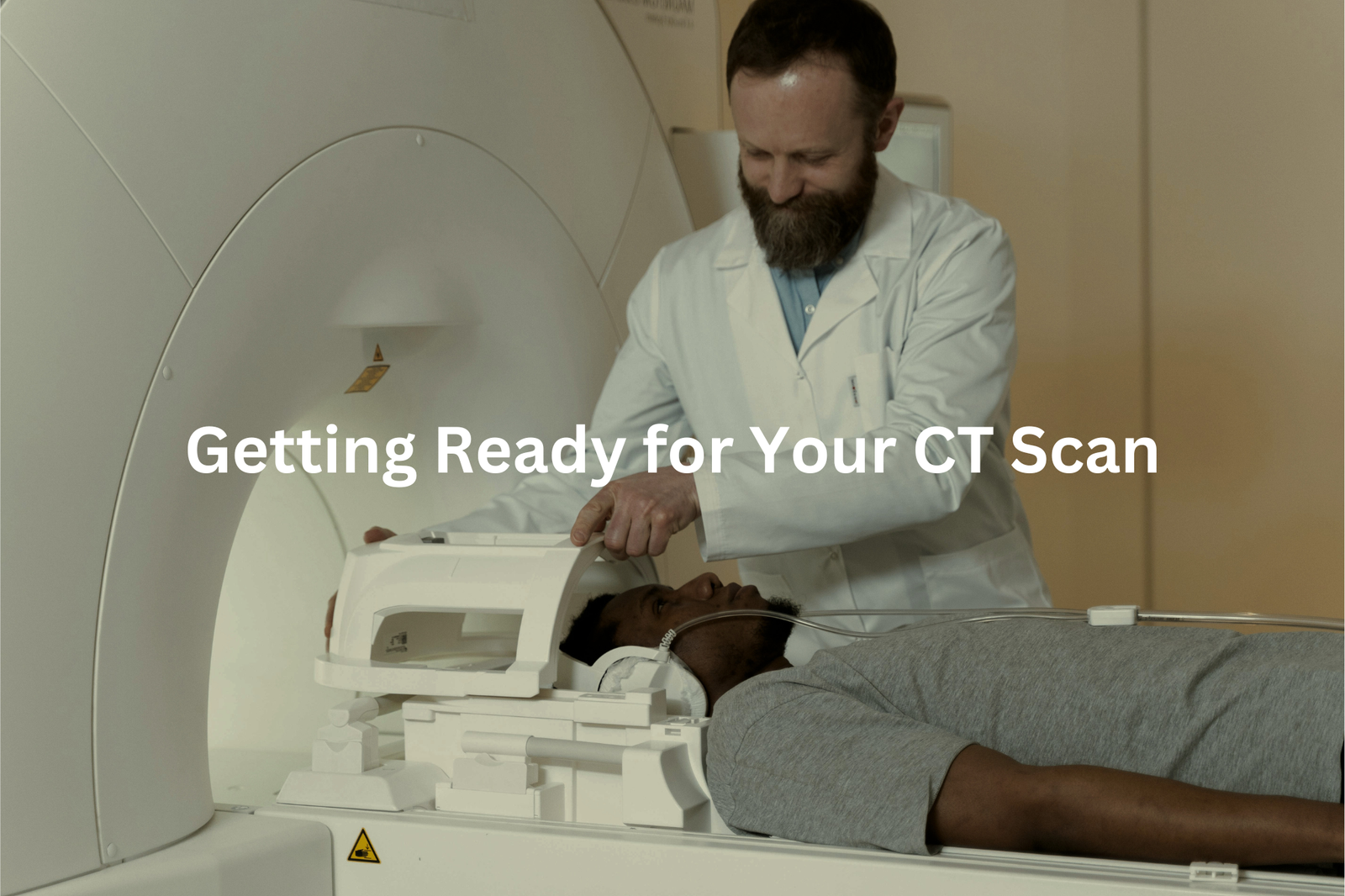
Before you head to your CT scan, there’s a bit of prep involved. Sometimes, you’ll need to avoid eating or drinking for a few hours beforehand. This is especially important if they’re using contrast dye—a special liquid that helps highlight parts of your body in the images. It’s pretty clever how it works, but it can cause problems if you’re allergic to things like shellfish (since the dye can be similar). So, always let the technician know about any allergies.
I remember once, I had to skip breakfast before my scan. My stomach was growling, but I knew it was worth it to get clear results. The whole process felt smoother because I followed the instructions.
Preparation really matters. It helps the doctors get the best images to figure out what’s going on inside. If you’re unsure about anything, just ask—they’re there to help. Better safe than sorry, right?
What Happens During the Scan?
When you’re ready for the scan, you’ll lie down on a table. It’s important to stay very still, almost like a statue, so the machine can take clear pictures(1). Sometimes, you’ll need to hold your breath for a few seconds. This helps the images come out sharp and not blurry. If you move, the pictures might not turn out right, and the scan might need to be done again.
If they use contrast dye, you might feel a warm sensation in your body. This is completely normal and usually goes away in a few minutes. The dye helps certain areas show up better in the images.
The technician will be there the whole time, guiding you through the process and answering any questions. They’re trained to make sure you’re comfortable and safe. The scan itself doesn’t hurt, and it’s over quicker than you’d think. Just relax and follow their instructions.
What Can CT Scans Find?
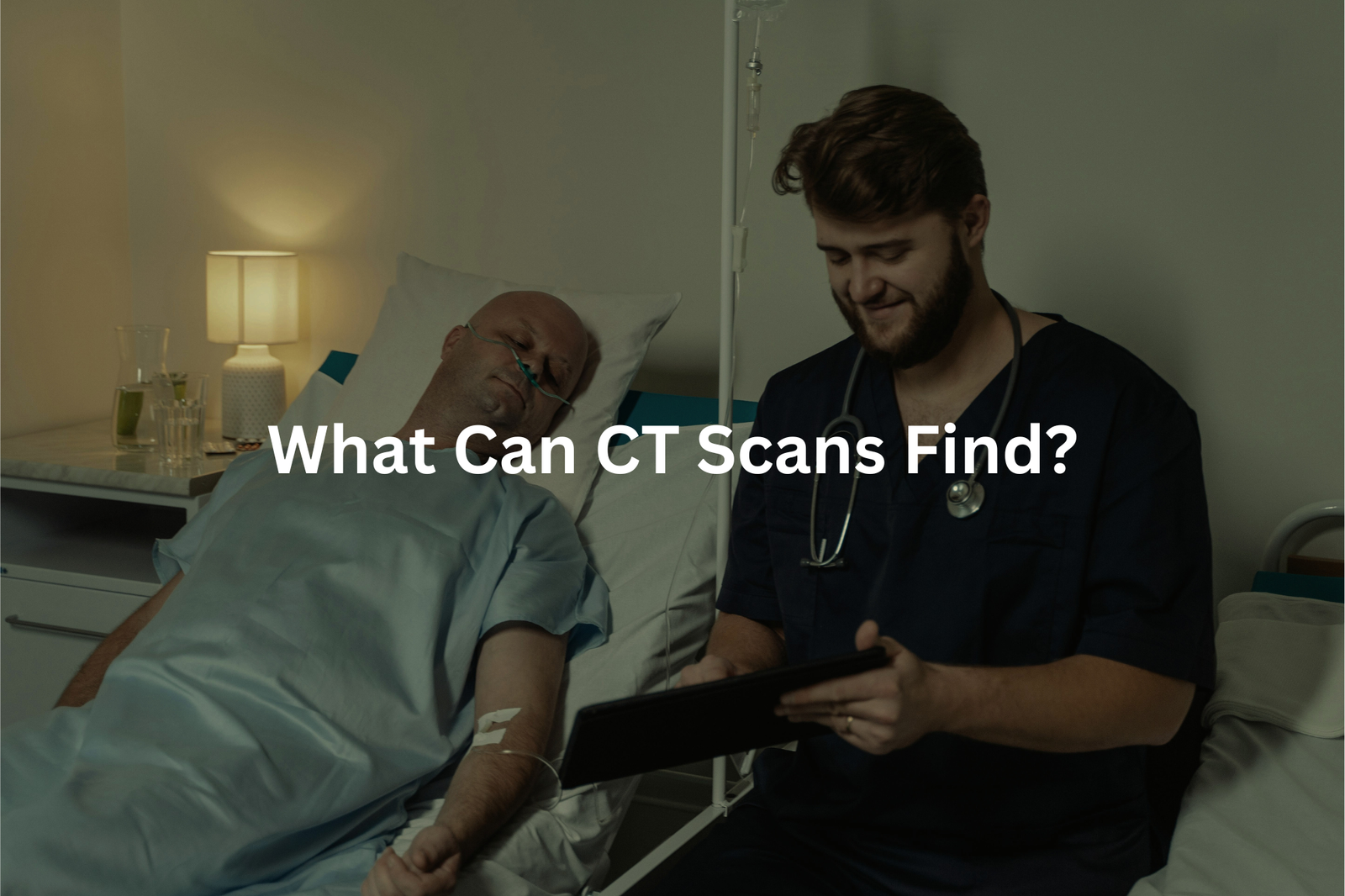
CT scans are like special cameras that help doctors see inside your body. They’re used to find all sorts of things, almost like detectives solving a mystery. For example:
- Tumours: These are lumps that shouldn’t be there. My cousin once had a CT scan, and it helped find kidney stones, which are small but painful.
- Blood clots: These can block blood flow and be very dangerous, so finding them quickly is super important.
- Injuries: If someone has a bad fall or accident, CT scans can check for broken bones or other damage inside.
CT scans are especially useful in emergencies. Imagine someone in a car crash—doctors can use a CT scan to see what’s wrong in just minutes. It’s like having a superhero tool that helps save lives. They’re fast, detailed, and really important for figuring out what’s going on inside our bodies.
Safety of CT Scans
Sources: U For U Health.
Some people might feel nervous about getting a CT scan because it uses radiation. Radiation is a type of energy that helps create detailed images of the inside of your body. But there’s no need to stress. Doctors and radiologists follow very strict guidelines to make sure the amount of radiation used is as low as possible. They carefully weigh the small risk of radiation against the big benefit of finding out what’s wrong and how to treat it.
In Australia, there’s a group called the Australian Radiation Protection and Nuclear Safety Agency (ARPANSA). They set safety rules for medical imaging, kind of like how referees make sure sports are played safely. These rules help keep patients protected. So, if you ever need a CT scan, you can trust that the doctors are doing everything they can to keep you safe while figuring out the best way to help you feel better.
After the CT Scan
When the scan is finished, the images are sent to a specialist called a radiologist. A radiologist is a doctor trained to read and understand medical images like X-rays, MRIs, or CT scans(2). They carefully study the pictures and write a detailed report about what they find. This report is then sent to your doctor, who will explain the results to you. Sometimes, it might take a few days to get the results, but waiting is part of the process to ensure everything is reviewed properly.
I remember when my mate had a scan done. He was pretty nervous waiting for the results, but when they came back, everything was clear—no serious problems at all. He was over the moon with relief. If you’re ever waiting for scan results, try to stay calm. Most scans are routine, and your doctor will guide you through the next steps if needed.
Side Effects and Considerations
Most people don’t experience side effects from a CT scan. It’s a safe and common procedure. Some might feel a bit anxious about the radiation, but it’s important to remember the scan is there to help your doctor understand what’s happening in your body(3). If you’re feeling nervous, let the technician or your doctor know—they’re there to support you.
If your scan involves contrast dye, you might notice a warm feeling or a strange taste in your mouth. This is normal and usually goes away quickly. The dye helps make the images clearer so your doctor can see more detail.
It’s always a good idea to ask questions before the scan. Knowing what to expect can make the experience easier. And if you’re unsure about anything, don’t hesitate to speak up. The medical team wants you to feel as comfortable as possible.
FAQ
What is a CT scan and how does it work?
A CT (computed tomography) scan is a diagnostic imaging test that uses a series of X-ray beams to create detailed, 3D images of the body’s internal structures, including organs, blood vessels, and bones. The CT scanner rotates around the patient, taking multiple X-ray images that are then combined by a computer to produce high-quality, cross-sectional images.
What are the different types of CT scans?
There is a wide range of CT scans that can be performed, including body CT, chest CT, CT angiography (to visualise blood vessels), and CT scans for specific conditions such as kidney stones or lung cancer. The type of CT scan recommended will depend on the specific medical issue being evaluated.
What can a CT scan detect?
CT scans are useful for diagnosing a variety of conditions, including blood clots, bone fractures, soft tissue injuries, internal organ problems, and certain types of cancer. They provide detailed images of the body’s anatomy, allowing healthcare providers to identify issues and plan appropriate treatments.
How do I prepare for a CT scan?
For most CT scans, you’ll be asked to avoid eating or drinking for a few hours prior to the exam. You may also need to drink an oral contrast agent or receive an IV contrast agent to improve the visibility of certain structures. It’s important to follow any specific instructions provided by your healthcare provider.
Is a CT scan safe?
CT scans involve a small amount of radiation exposure, but the benefits of the diagnostic information typically outweigh the risks. Modern CT scanners use low-dose radiation techniques to minimise exposure. Patients with certain medical conditions, such as kidney problems or high blood pressure, may need additional precautions when it comes to the contrast agent used during the scan.
How long does a CT scan take?
The actual scanning process usually takes 10–30 minutes, depending on the type of CT scan and the area of the body being imaged. However, the entire CT scan appointment, including preparation and any necessary post-scan procedures, can take 1–2 hours or longer.
What happens during a CT scan?
During the CT scan, you’ll lie on a table that slides into the CT scanner. The scanner will rotate around you, taking multiple X-ray images. You may be asked to hold your breath for short periods to improve image quality. The technologist will be in a nearby room monitoring the process, and they can communicate with you throughout the scan.
How do I get my CT scan results?
After your CT scan, the images will be reviewed by a radiologist, who will provide a detailed report to your referring healthcare provider. They will discuss the results with you and explain any findings or next steps. The turnaround time for receiving your results can vary but is typically within a few days to a week.
Are there any risks or side effects of a CT scan?
The main risks of a CT scan are related to the small amount of radiation exposure and the use of contrast agents. Most people tolerate the contrast agent well, but some may experience side effects such as nausea or a warm sensation. Patients with certain medical conditions may have a higher risk of complications.
Conclusion
CT scans are valuable tools for doctors to look inside your body. They can help find health problems, guiding doctors to make the best choices for your care. If you need a CT scan, it’s smart to ask questions and share any concerns you might have. Remember, your comfort is important. These scans are there to help you feel better, so don’t hesitate to speak up and make sure you understand everything involved!
References
- https://www.healthdirect.gov.au/ct-scan
- https://www.healthywa.wa.gov.au/Articles/A_E/CT-scan-computerised-tomography
- https://www.racgp.org.au/afp/2013/june/radiation-safety

